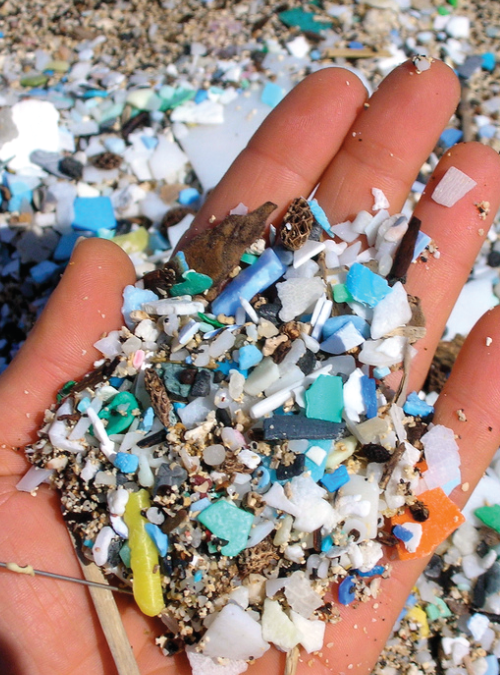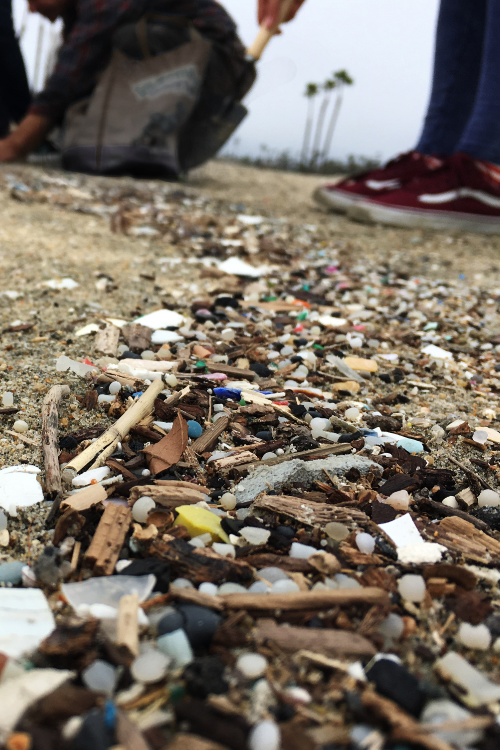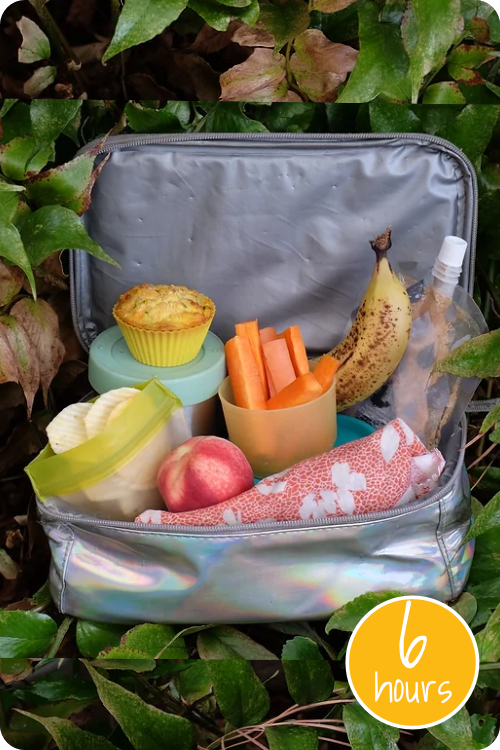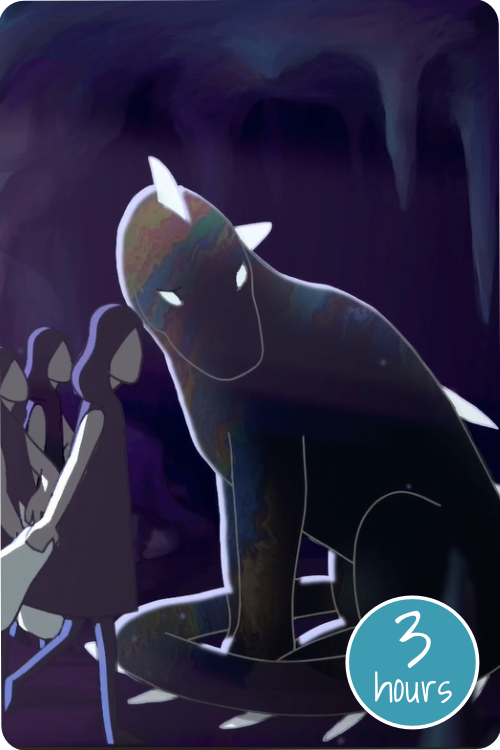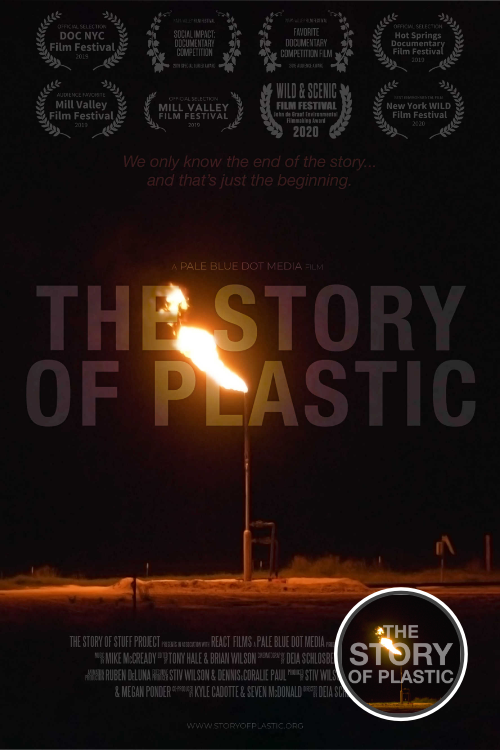
This video will introduce you to the human-made materials called “plastics” and why they are so problematic.
What are plastics?

Assorted plastic debris collected from the beach and arranged by color. Photo credit: Algalita
In the 1900’s, fossil fuel companies began using molecules from oil and natural gas to make synthetic polymers, aka, plastics. Over the decades, chemists developed many different kinds of plastics, from Bakelite, to nylon, to polyethylene. They quickly realized that they could change the look, feel, and function of plastics by adding other chemicals to the mixture, called additives. Plastics started being used across industries, and were used to make many new consumer products. [1]
Why is plastic pollution such a big problem?
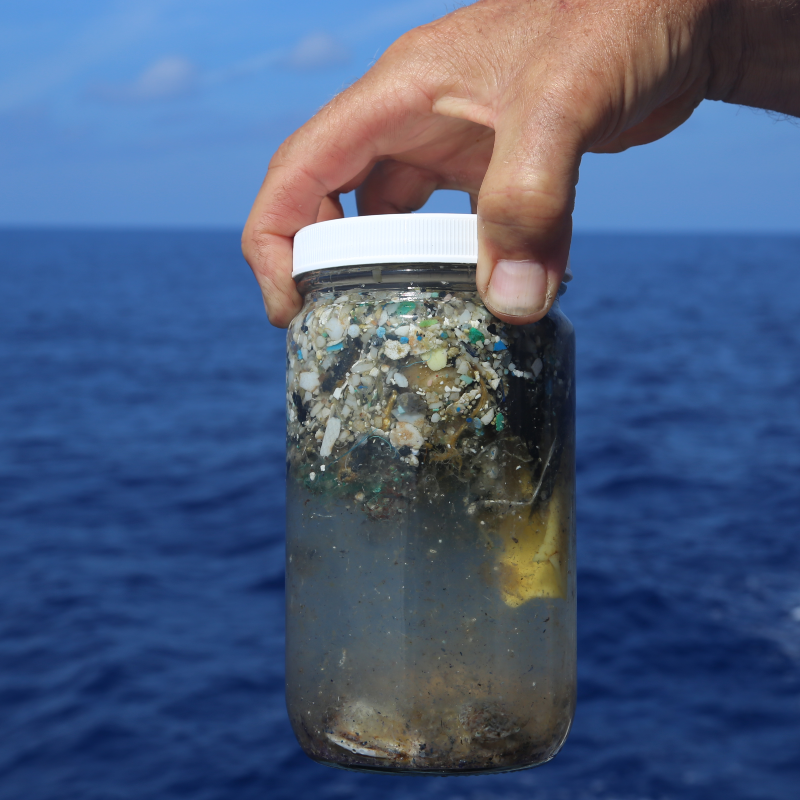
A scientist onboard Algalita’s 2019 expedition in the North Pacific Ocean holds up a concentrated sample of surface water containing plastics. Photo credit: Algalita
The companies that make plastics don’t have a lot of rules to follow. They are allowed to make as much plastic as they want, even though much of what they make will end up in landfills and in the environment. Between 1950 and 2015, 8.3 billion tons of plastics have been produced but researchers have estimated that only about 9% of it has been through a recycling process [2]. The amount of plastic produced annually continues to increase year to year.
Why is it harmful?

A flare tower of a facility processing fossil fuels. Photo credit: Pixabay
Plastics threaten human and planetary health in many ways, beginning with the manufacturing of plastics from fossil fuel [3]. During our daily contact with plastics products we can be exposed to the often–hazardous additives in them [4]. Then, when plastic waste is dumped or landfilled it builds up in ever larger piles. Lots of plastic waste gets incinerated (burned) releasing harmful chemicals and creating hazardous ash [4]. Lots of plastic also gets lost to the environment. Because most plastics don’t biodegrade, they build up and break up into microplastics that get into the water, air, soil, and living organisms [4].
What’s being done about it?
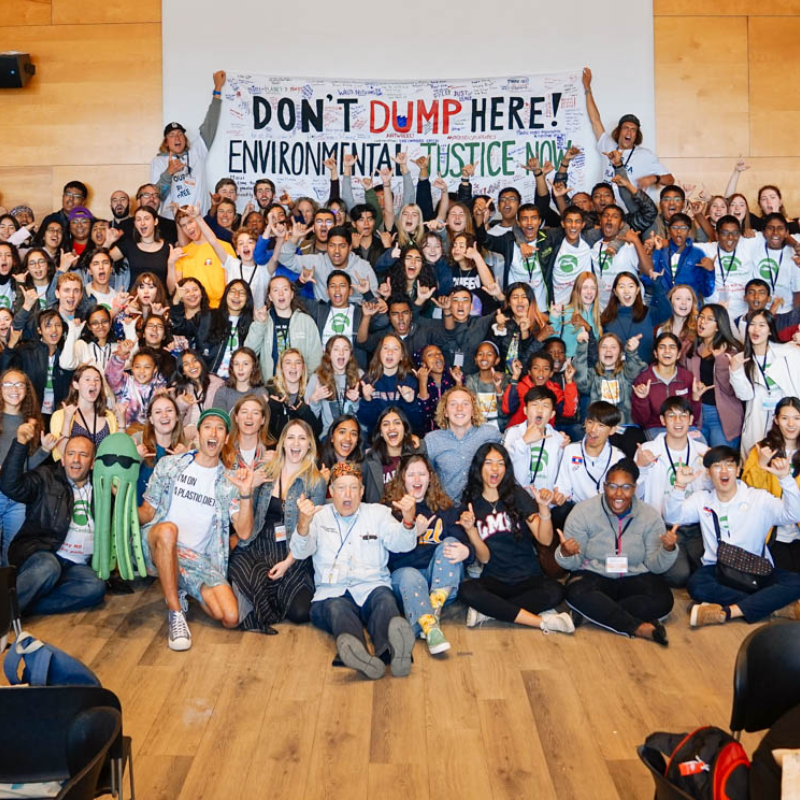
Students at the 2020 International Youth Summit on Plastic Pollution hosted by non-profit Algalita. Photo credit: Algalita
A global movement of people working to stop plastic pollution is growing bigger and stronger every day. Citizens, scientists, politicians, businesses, educators, and, of course, youth across the globe are teaming up to change their communities. Join us!
Sources:
[1] See The History and Future of Plastics by Science History Institute available at https://www.sciencehistory.org/the-history-and-future-of-plastics last accessed on April 25, 2023.
[2] See Geyer, R. et al. (2017). The Production, Use, and Fate of All Plastics Ever Made. Science Advances Vol 3, Issue 7. available at https://www.science.org/doi/10.1126/sciadv.1700782 last accessed on April 25, 2023.
[3] See Center for International Environmental Law (CIEL) et al., Plastics & Climate: The Hidden Costs of a Plastic Planet (2019), available at https://www.ciel.org/plasticandclimate/
[4] See Center for International Environmental Law (CIEL) et al., Plastics & Health: The Hidden Costs of a Plastic Planet (2019), available at https://www.ciel.org/plasticandhealth/.
Journaling Ideas
- What is something new that you learned about plastics?
- Do you think plastics have more so benefited or harmed human societies? Why?
Processing overwhelm
Plastic pollution is an overwhelming problem. It’s important to understand that there are thousands of people and hundreds of organizations working to bring awareness to this issue, and to find ways to reduce human reliance on plastics. There are also many ways that you can get involved. Check out our Actions and Solution Set pages to find a way to get involved that fits for you.
Action is the antidote to overwhelm
Related Resources
Lesson: The Problem with Plastics
Brainstorm and discuss the benefits and consequences of plastic.
Grades 4 and up
30 minutes
Lesson: How and where are plastics made?
Find out how plastics are produced in the US and find out how it impacts communities using geography tools like our GIS interactive map.
Co-created with FracTracker Alliance
Grades 7 and up
30 to 60 minutes
Toolkit: Synthetic Sand
Investigate beach sand for plastic contamination levels and observe human impacts on coastal ecosystem health.
Grades 5 and up
50 minutes in class or 2 hour fieldtrip
Students Take Action!
Pack a Litterless Lunch
Keep building your plastic-less habits.
Storytelling for the Future
Can you imagine a world where plastic pollution is unthinkable?! Share your vision through a written story or a picture story.
#SkipTheStuff
Learn about this policy action being implemented in many cities to reduce single use food accessories.
Ask Your Elders
Learn about how your elders maximized their resources before the deluge of “disposables”.
Explore more
Take a Swim in the Plastic Soup
Take a virtual swim through a plastic pollution accumulation area in the North Pacific Ocean.
Learn more
What are lanternfish?
Learn about a little known yet important fish species.
Learn more

